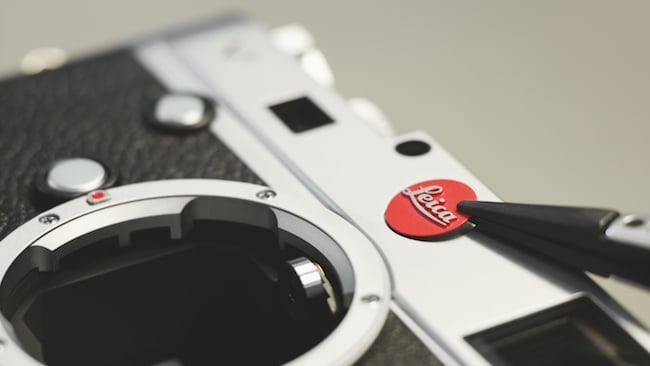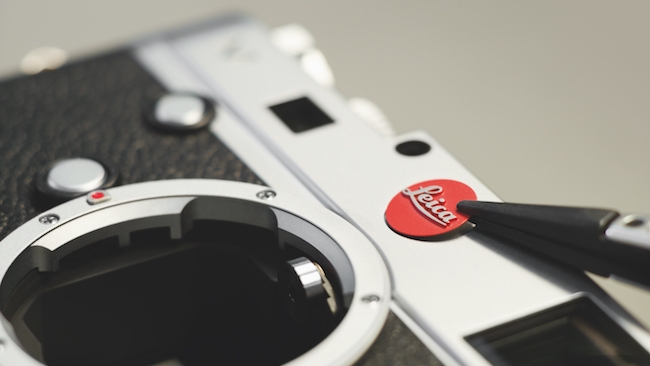
 The famous red dot: coming to a smartphone near you soon?
The famous red dot: coming to a smartphone near you soon?
Mobile World Congress might have dominated many of the headlines this week, but there was also some rather significant news from Japan’s CP+ camera show that means the phone in your pocket is going to take better pictures than ever soon.
Not content with dual lens systems being the in-thing for 2016 — the new LG G5 and probably the forthcoming iPhone 7 both feature them — manufacturers are looking at myriad other ways of ramping up the image quality of their gear, even if it comes at the expense of out and out resolution. Samsung, for instance, has added Canon dual pixel autofocus tech to its new Galaxy S7, and seems remarkably sanguine about the step down from 16 to 12MP as a result.
Which is why you have the likes of Chinese tech giant Huawei ,the world’s third largest smartphone manufacturer, announcing that it is forming a strategic alliance with Leica.
The details are frustratingly opaque. A press release just states blandly that the partnership will “span research and development, design, co-engineering, user experience, marketing and retail distribution” and that more info will emerge, but we’re presuming at least that the famous Leica red dot will appear on Huawei phones. The smallest glass it currently makes is probably for its range of binoculars and rifle scopes, but having a Leica lens in your phone is exactly the sort of high end branding that plays very well in the upper echelons of the Chinese markets. And it might result in some rather nice pictures too…
As might the creation of what looks to be the world’s first sensor-based image stabiliser for smartphones.
This is from the Chinese electronics company OPPO, who reckons its SmartSensor is not only enough of a breakthrough in size to make it suitable for phone use, but also stabilises along three-axes. This would be a definite leap over and above the current two-axes, lens-based systems that dominate the market, OPPO also claiming that it’s roughly 10x more precise, 3x faster, and can give pixel-level stabilisation to boot.
No word on who is going to license the technology first, but with image quality currently being one of the key areas of competition between the smartphone manufacturers of the world, someone probably will fairly quickly.
With thanks to the good folk at PetaPixel for the tip.
Tags: Production


Comments